In 1989, I was serving as Assistant Secretary of Housing. The housing bubble of the 1980’s had burst, and foreclosures were rising. The mortgage insurance funds of the Federal Housing Administration (FHA) were experiencing dramatic losses. We were losing $11 mm a year in the single-family fund. All funds had lost $2 billion in the southwest region the year before.
My staff and I did an analysis of what had caused the losses. What were the actions that we could take?
Fraud aside, the single biggest cause of losses in the FHA portfolio was a falling Popsicle Index – an index that we coined as a rule of thumb to express the health of the living equity within a place.
The Popsicle Index is the percent of people who believe that a child can leave their home, go to the nearest place to buy a popsicle, and come home alone safely. It’s an expression of the sense of intimacy and well being in a place.
Not surprisingly, there is a correlation between the financial equity or wealth in a place and the living equity or human and natural wealth. Where the people, living things and land are happy, businesses thrive, and the value of real estate is good.
Much as I tried, I found it difficult to interest anyone in a rising Popsicle Index. Countless petitioners made their way through my offices – mortgage bankers, homebuilders, realtors, low-income activists, real estate developers, tenants and city officials. Invariably what they wanted was for me to make a decision that would help them make money. Over time, I could tell what government actions would cause the stock market to go up and down by the flow of people and their various petitions. Meantime, I could not interest anyone in a rising Popsicle Index. They did not see how it could make them money.
It took many years of researching to realize what was going on in our financial systems to incentivize this behavior. In most areas of the world, places are organized by government and financed with debt.
Corporations are financed with both debt and equity. The key financial opportunity is in owning the equity. When profits increase or the perception of a company prospects improve, the stock goes up. Senior management and investors sell the shares, generating capital gains. Capital gains on stocks and real estate are primary mechanisms for creating financial wealth in our society.
As a result, corporations can make money exploiting people and places and their stock will go up. The “stock” of the place harmed will not go down; there is no ‘stock’ of the place. By centralizing our investment capital into large corporations, our financial interests are not aligned with the interests of the people and our natural environment
So what do we do? If we are to stop the financial drain on our families and communities we must change how we manage our own finances. Perhaps the way to begin is as permaculture teaches us – to listen and build out from natural systems which are, ultimately, the source of most of our wealth.
In every place, there are thousands of existing financial agreements, including laws and regulations that impact financial values. If we are to nurture and restore places, we are well served to listen to both natural systems and existing financial agreements, looking for ways of building new, fundamental alignments between land, people and their savings that reduce risk and optimize resources on an integrated basis. From years of studying the financing of places, I can assure you that those opportunities exist. Years of continuous learning, patience and collaboration will be fruitful.
In every place, people and local institutions have financial capital, typically retirement capital or various kinds of savings and reserves. Increasingly, this capital is invested through centralized institutions and financial centers.
Developing ways of creating sound investments to finance permaculture developments and the businesses that supply them would serve to spread the adoption of permaculture techniques. The more opportunities locally, or through decentralized networks, the easier it will be for people to withdraw their retirement savings from destructive systems.
The power of financially sustainable alternatives is that they help create a safe haven for billions of dollars that would like to leave more traditional investments but must have a place to go that is respectful of their precious savings and need for retirement income.
I am often told that financial tools are destructive and we should withdraw from them entirely. However, it is important to understand that millions of people have their life savings invested in that system. By choosing to not create sound, reliable alternatives, we ensure that their capital will stay invested in the old paradigm, financing destructive activities. Let’s find a way to welcome and protect their capital. Think of the potential allies we could make.
When we look at the flow of time and resources within a place where are some opportunities?
Small Business: Small business is the engine of a local economy. Look for ways to help local businesses attract and build talent and market products and services that increase local self- sufficiency. With the importance of agriculture increasing, this includes small farms too.
Government Resources: Centralization means that a greater portion of resources in a place are controlled by government, including the federal government. This money – as well as government regulations -often creates incentives out of alignment with the best interest of the local community and local natural resources. Concerted attention to understand government rules and regulations can produce opportunities for reengineering.
Distressed Assets: We are experiencing significant mortgage and other debt defaults as well as bankruptcies. Organizing ways to proactively help people harmed and reposition assets owned by distant financial institutions or government may represent an opportunity. Could these assets be “greened?”
Local Capital: Increasingly local investment capital is invested through Wall Street. Look for angel or other small investors as well as philanthropists who would be interested in creating ways to circulate more equity investment locally.
Strategic Partnerships: Every community can benefit from renewable technology and new skills. Look for ways to build linkages between a community and the enterprises and institutions that help create self- sufficiency. Such partnerships may also provide another opportunity for local capital.
Waste: Just as physical waste presents an opportunity for greening a community, so does financial waste. Study what is causing financial distress and look for opportunities to find solutions. For example, one of the biggest sources of financial waste comes from using a currency that is falling in value. Hence, the growing interest in community currencies and barter.
Align incentives: Increasing local equity investment means that investors can benefit from a wide variety of initiatives to lower costs and consumption, improve local business and markets and the flow of deposits, purchases and investments locally.
The idea of using the term Financial Permaculture to describe our efforts was coined by Thomas Hupp of the Leadership School as he, Jennifer Dauksha-English of the Center for Holistic Ecology, Greg Landau of the Ecovillage Training Institute, Carolyn Betts of Solari and I were brainstorming how to integrate Solari investment strategy with permaculture.
We decided the best way to create an integrated vision of natural and financial health within a place was to invite many more people into the conversation.
From October 24-28, with our colleagues Connie Sharp from the Sonnenschein Festival, Debbie Landers from Leadership Lewis and the team from GAIA University, we will gather with students and experts from across the country in Hohenwald, Tennessee for a five day course and simulation – Financial Permaculture: The Greening of a Rural American Community.
We would love for you to join us in the “invention room.” For more information and to register, see www.holisticecology.org.
Also see: The Farm Blog




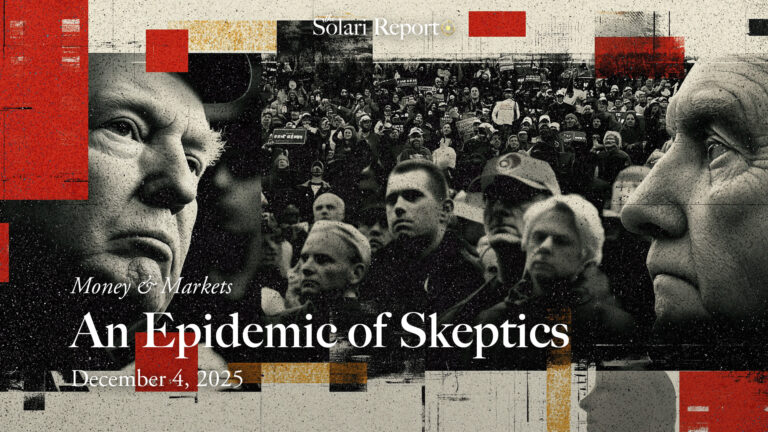


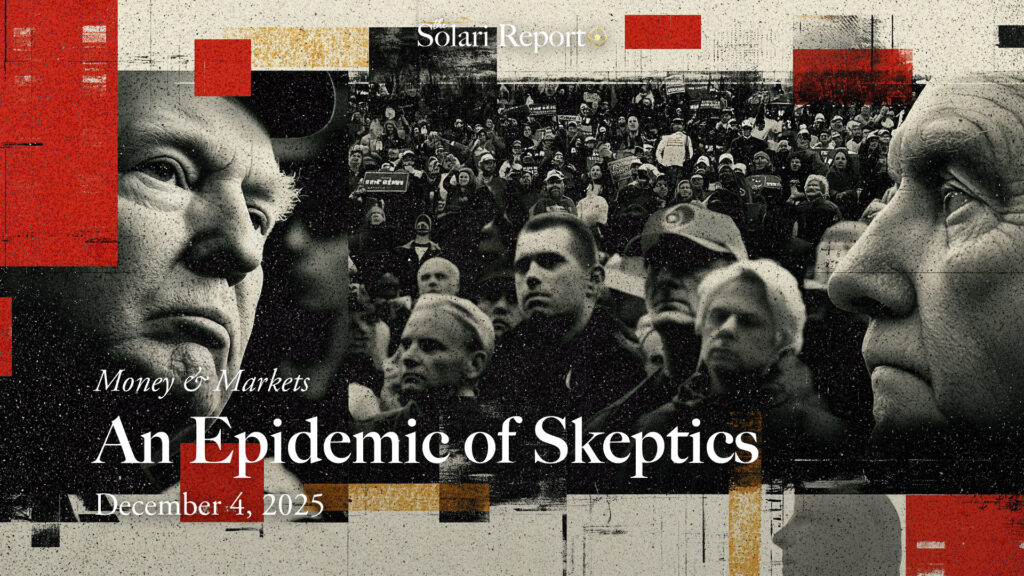
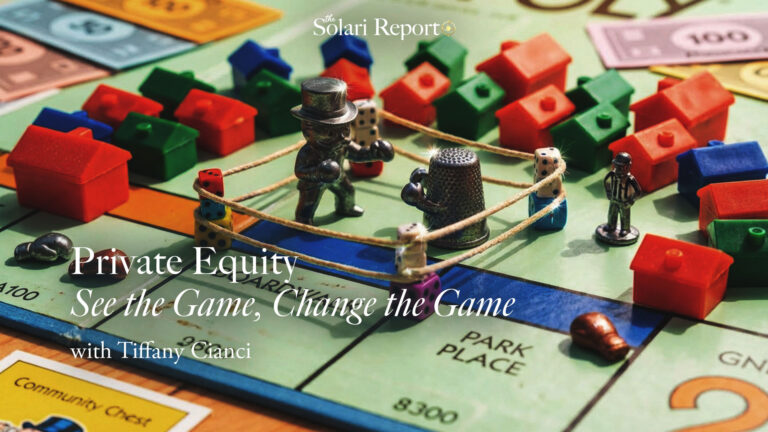


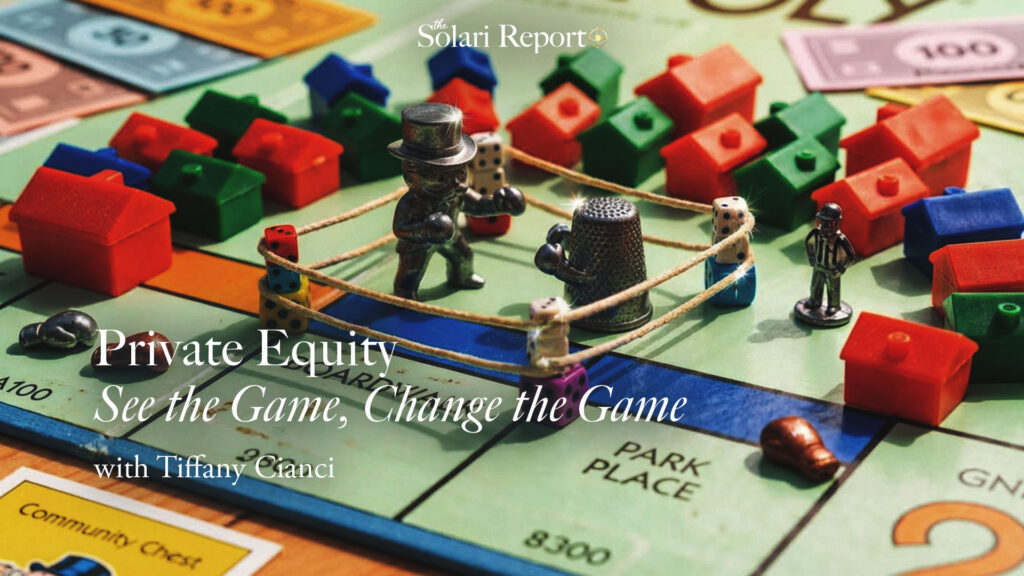




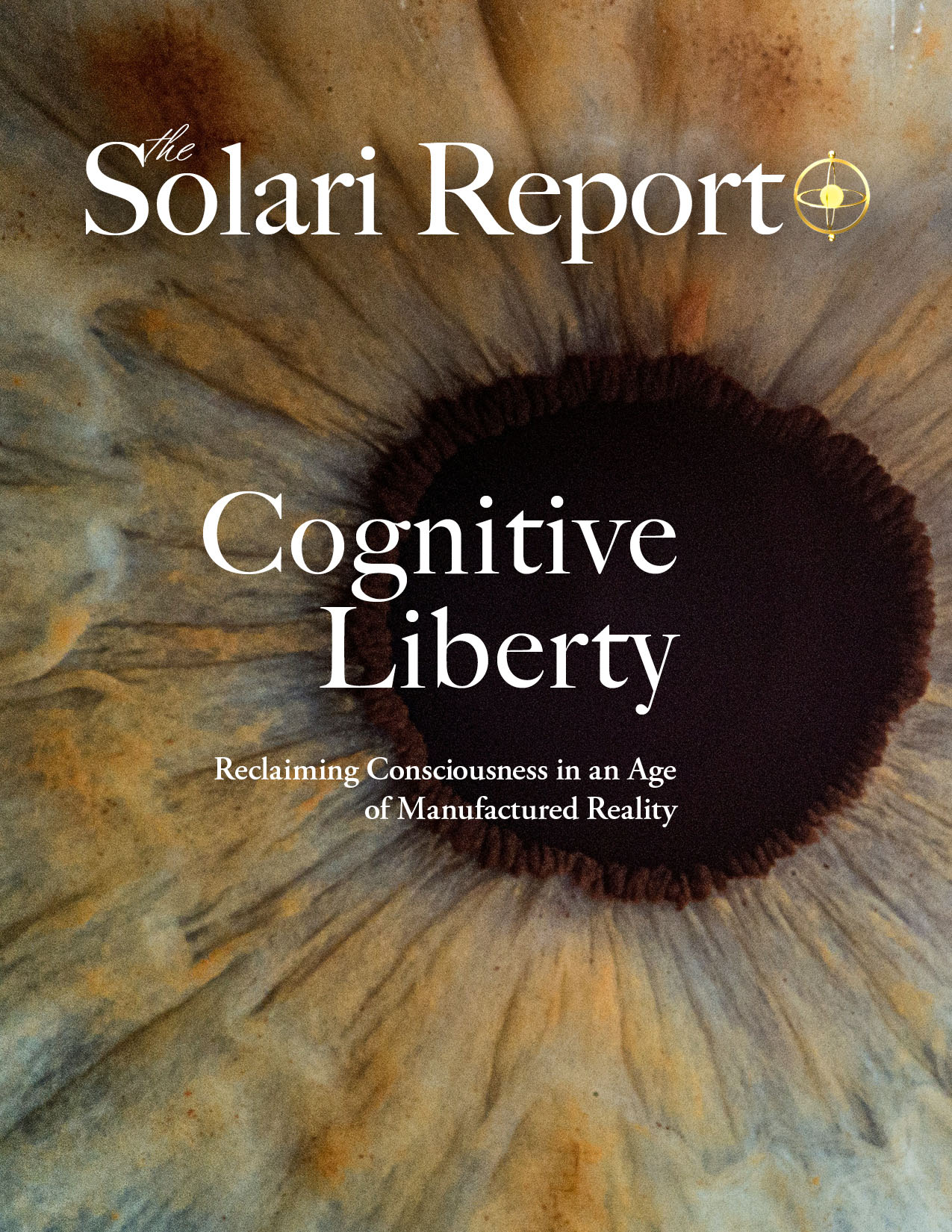















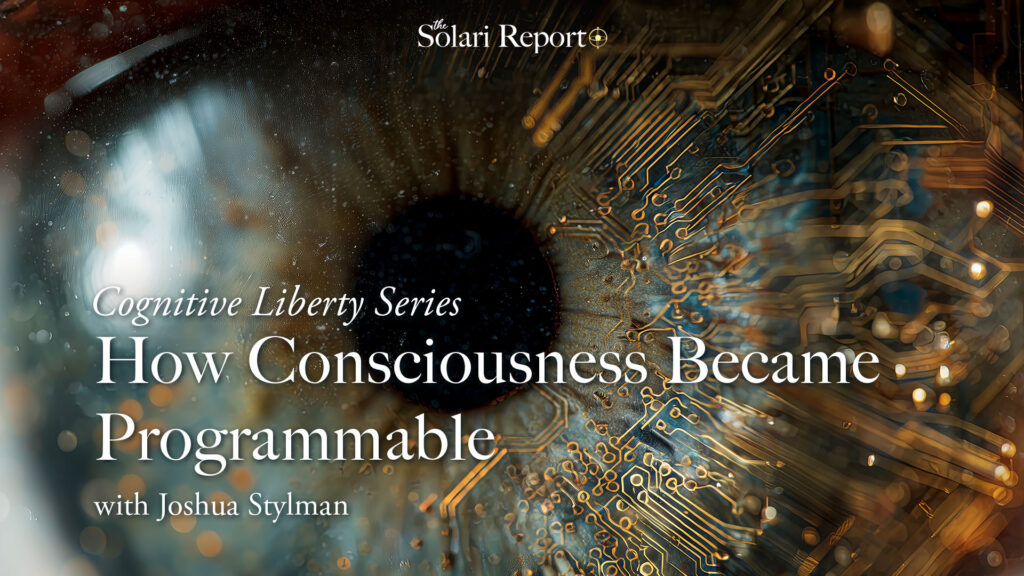
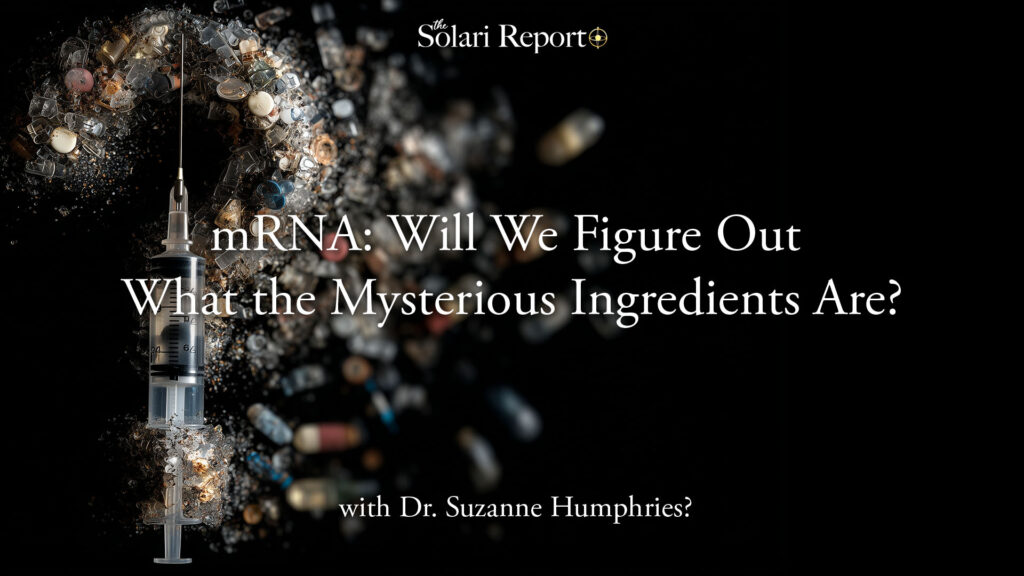

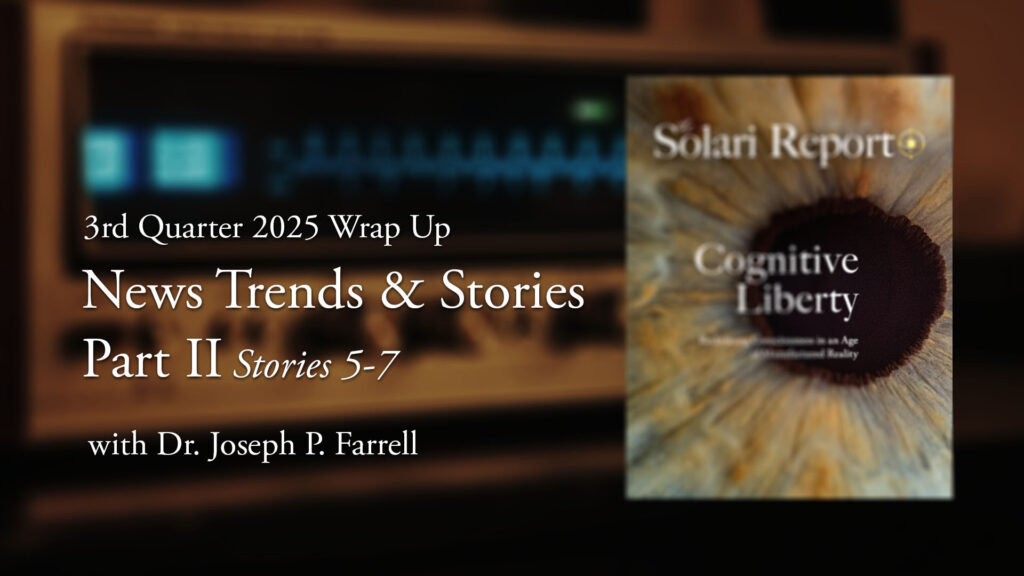
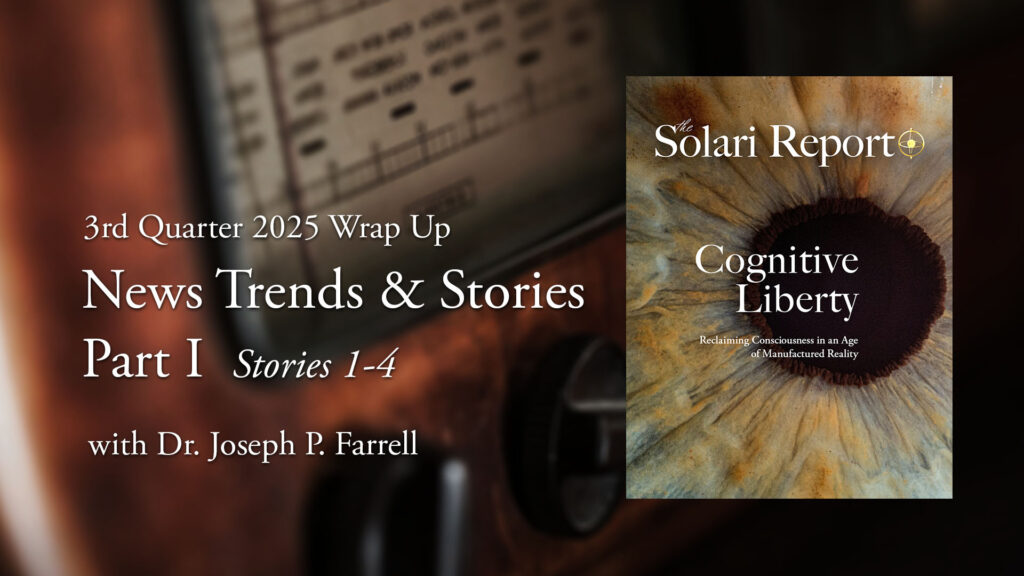
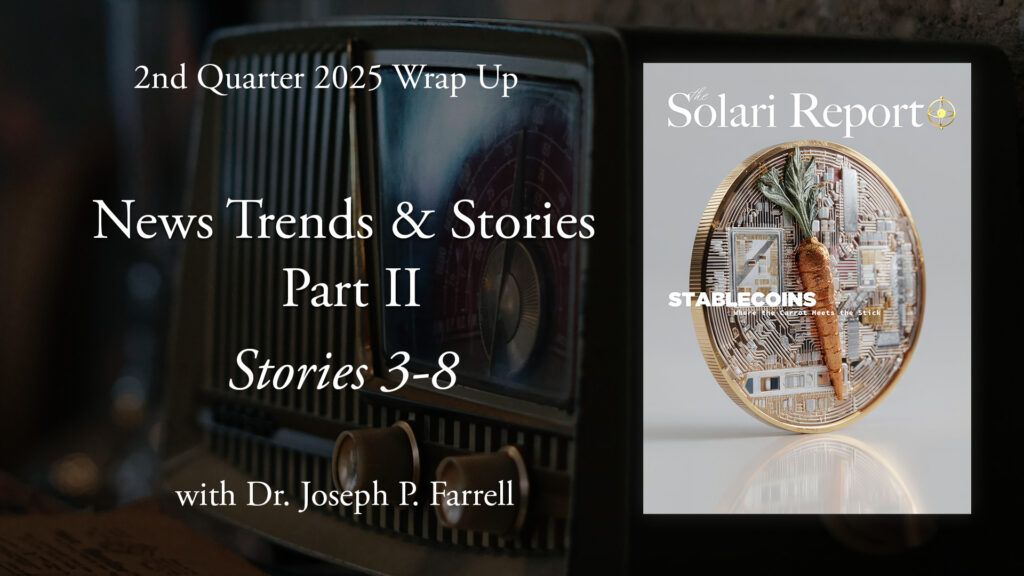
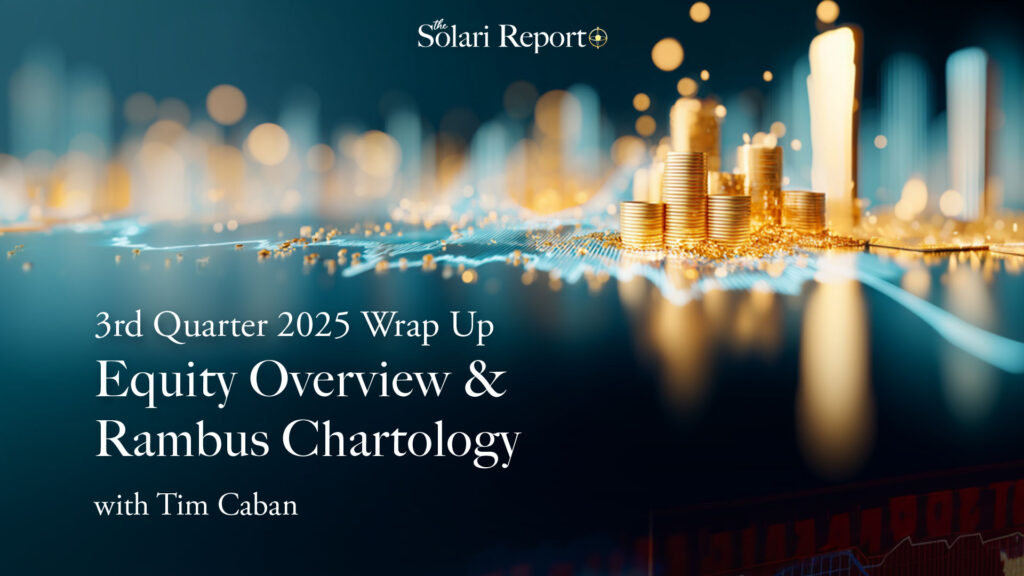
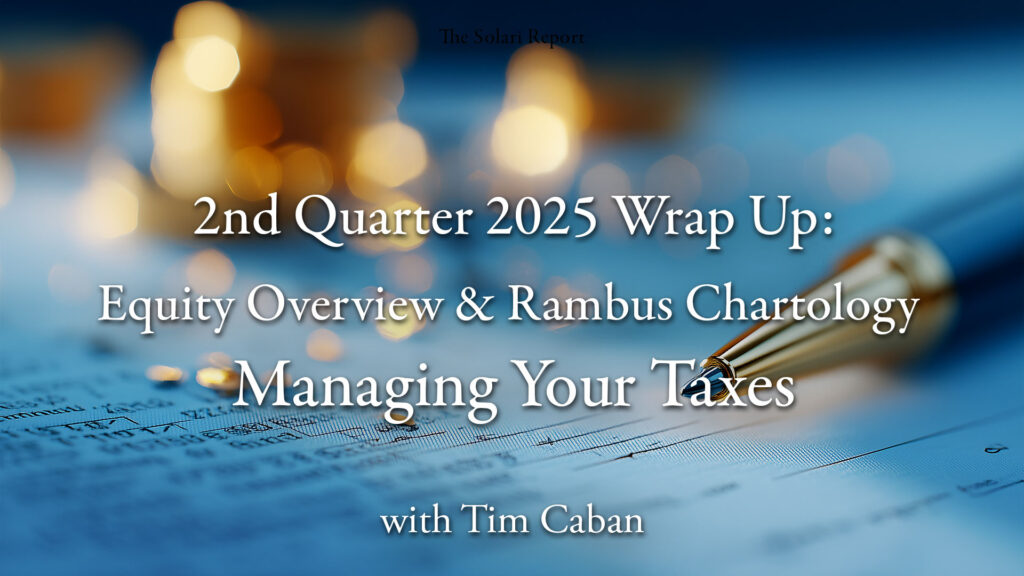
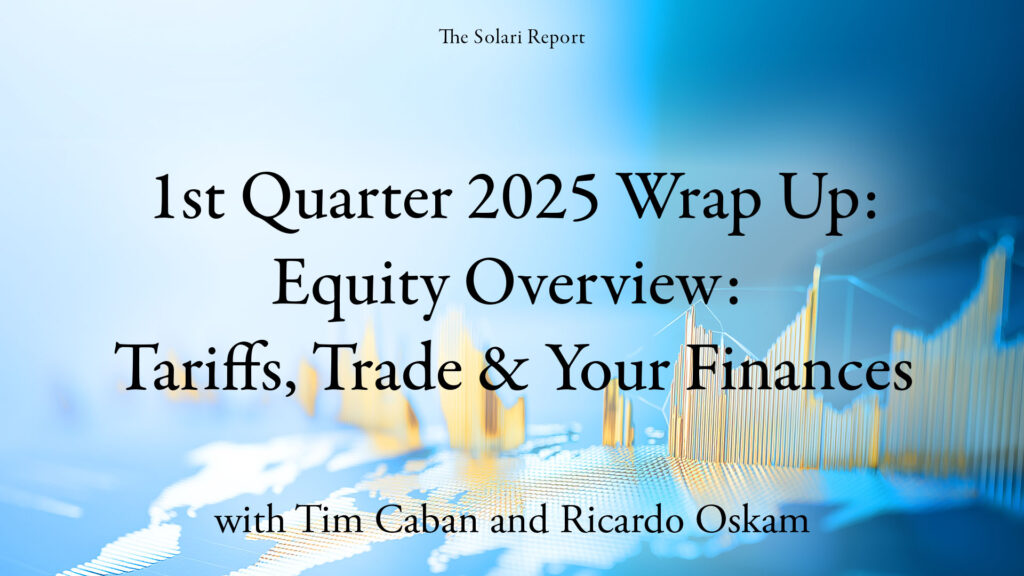
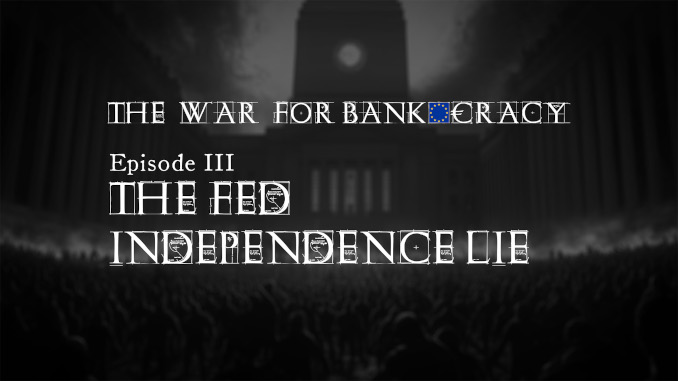
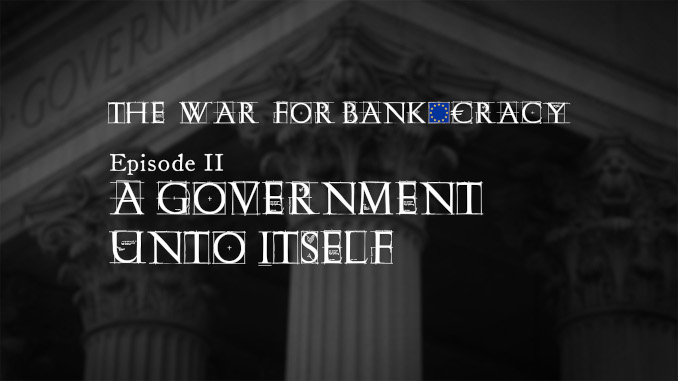

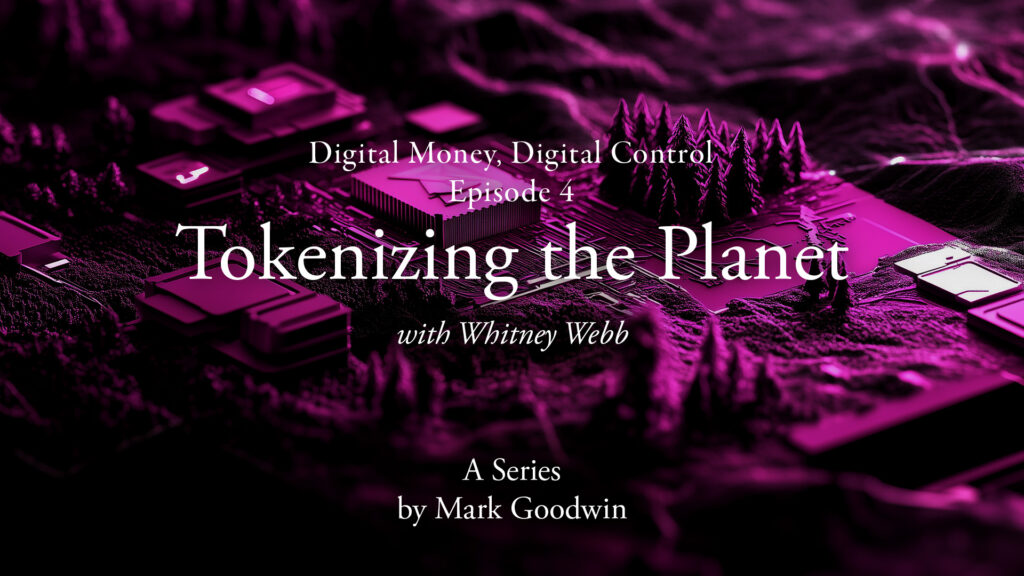
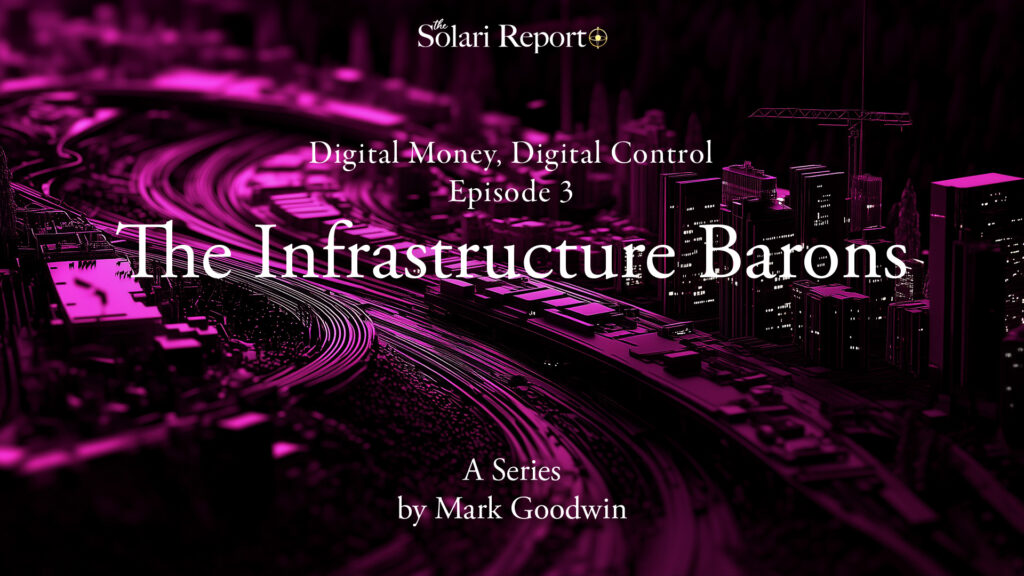
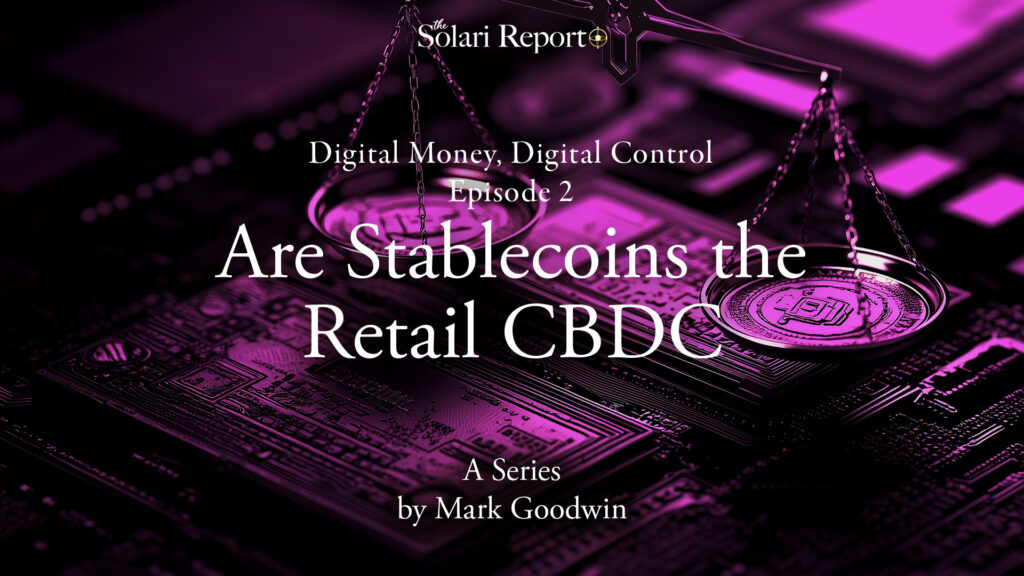
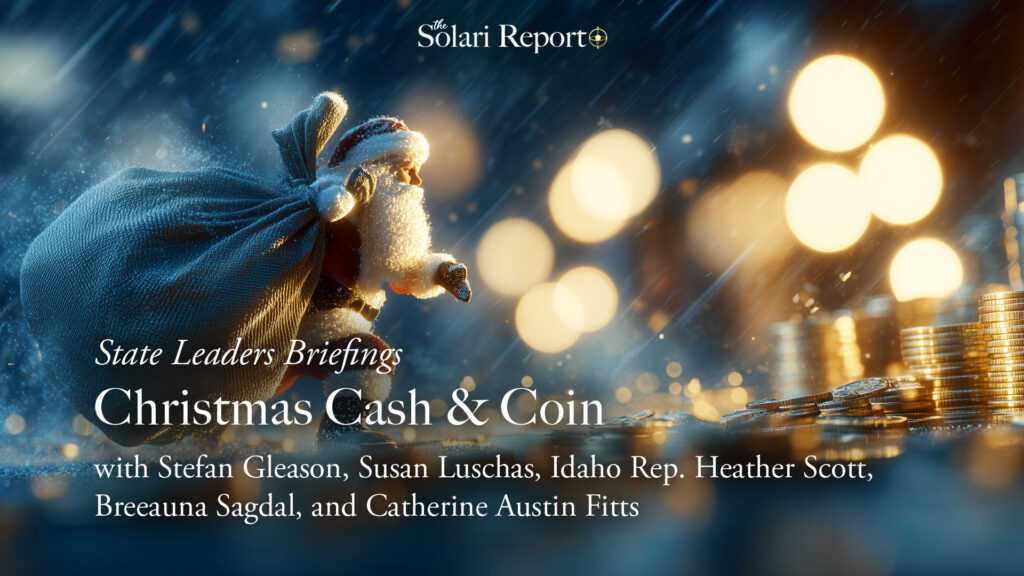
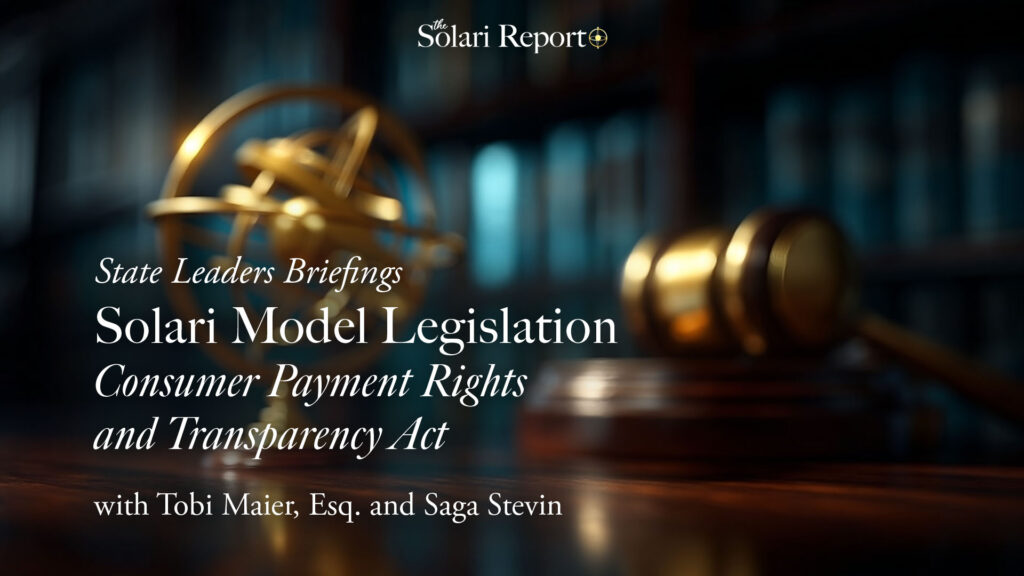
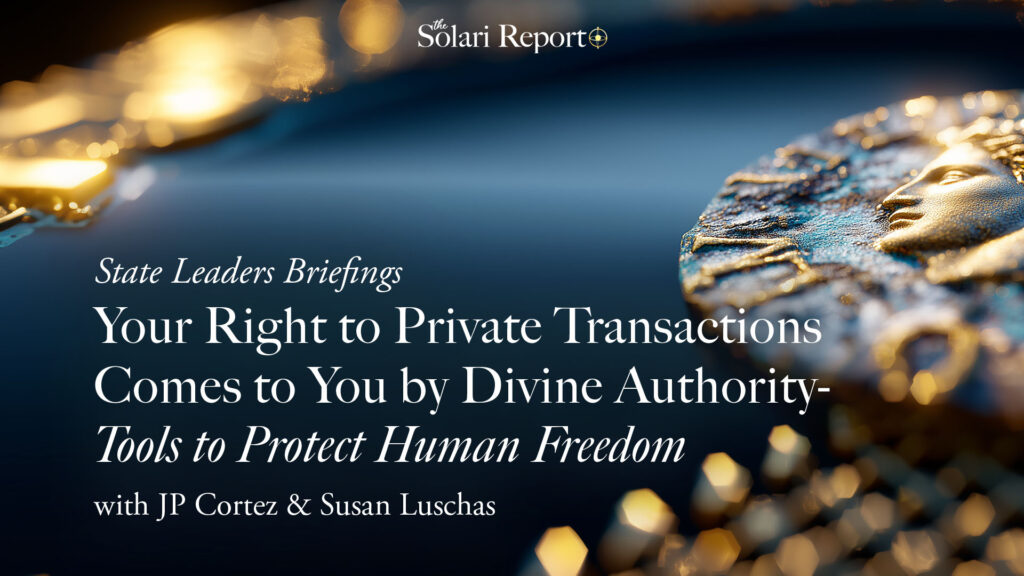
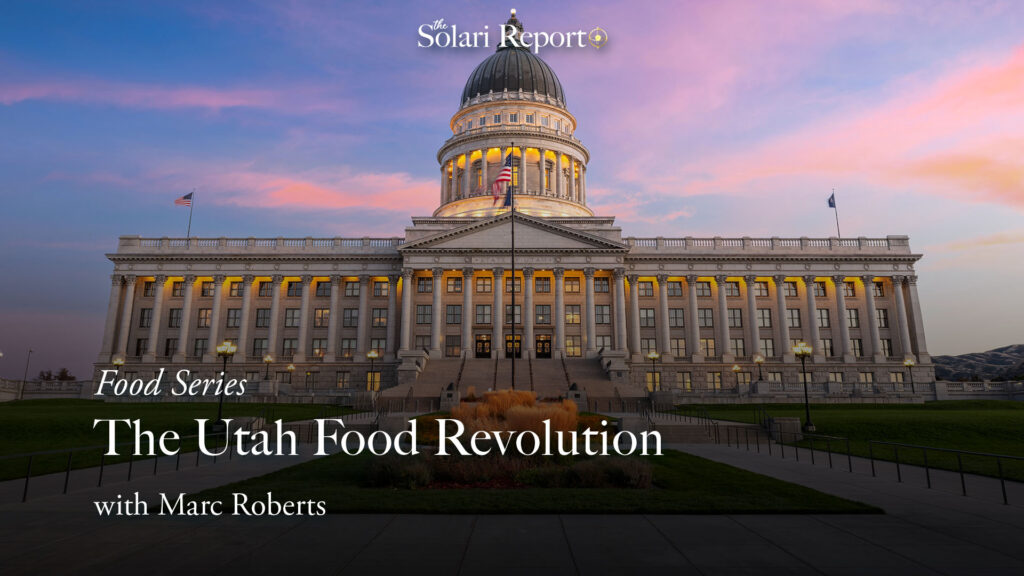












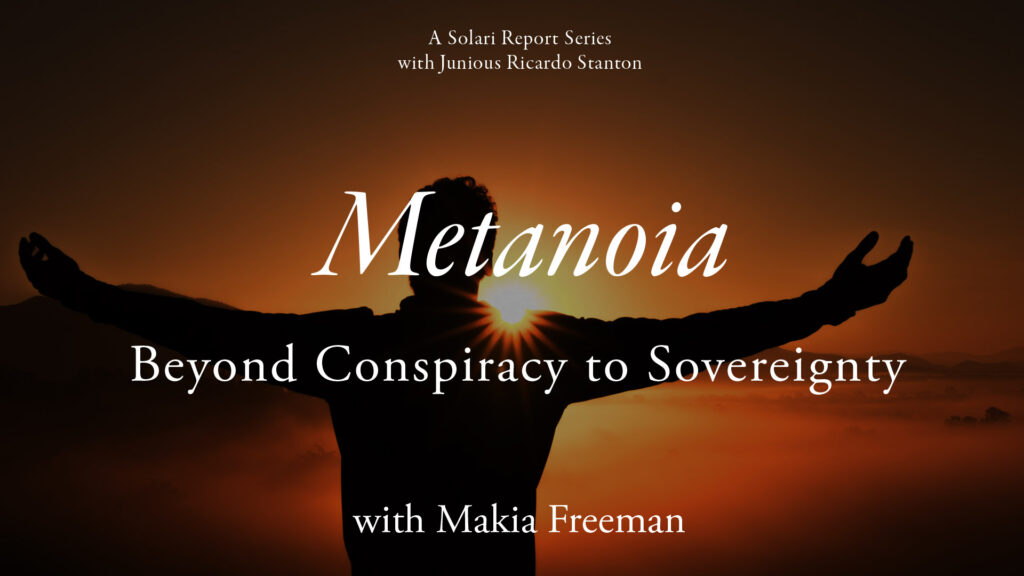
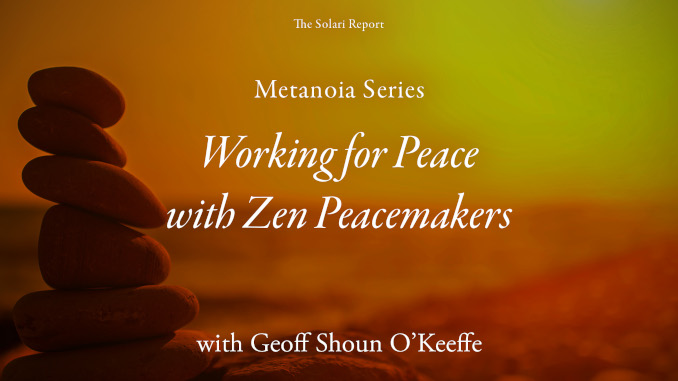




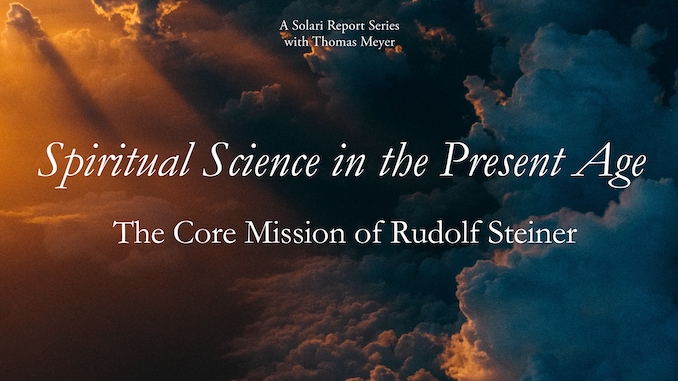










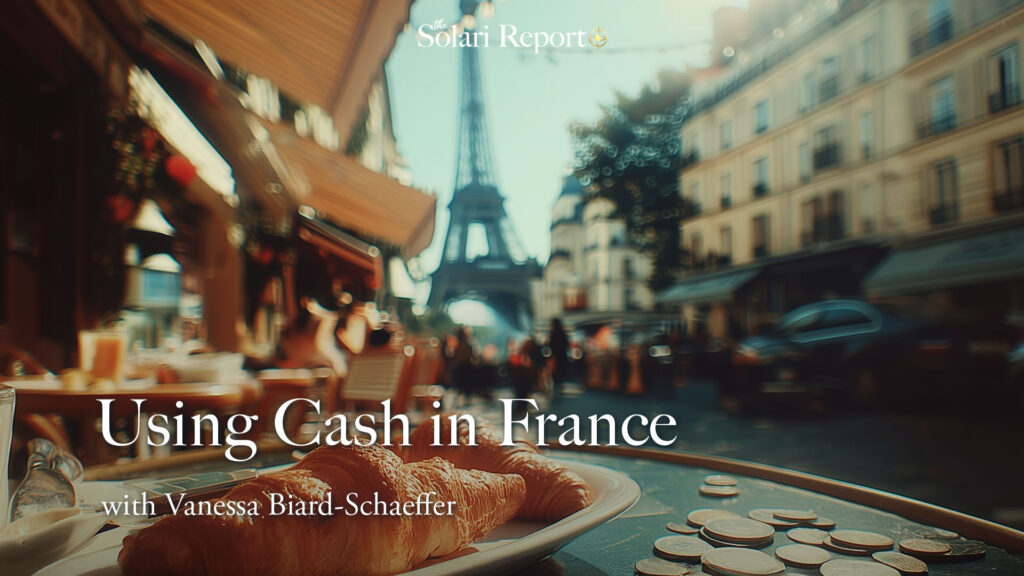

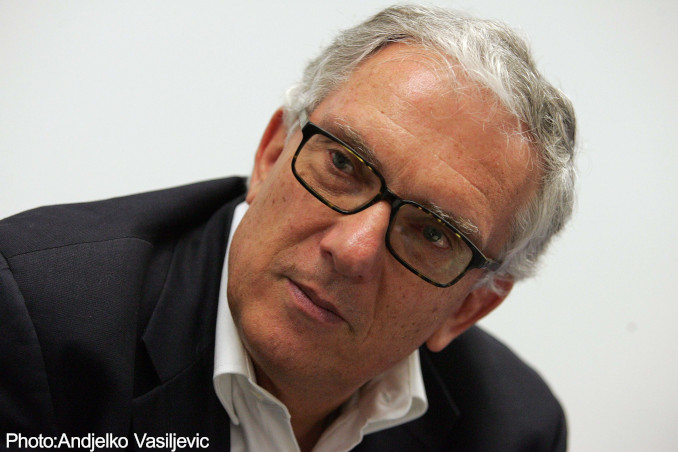

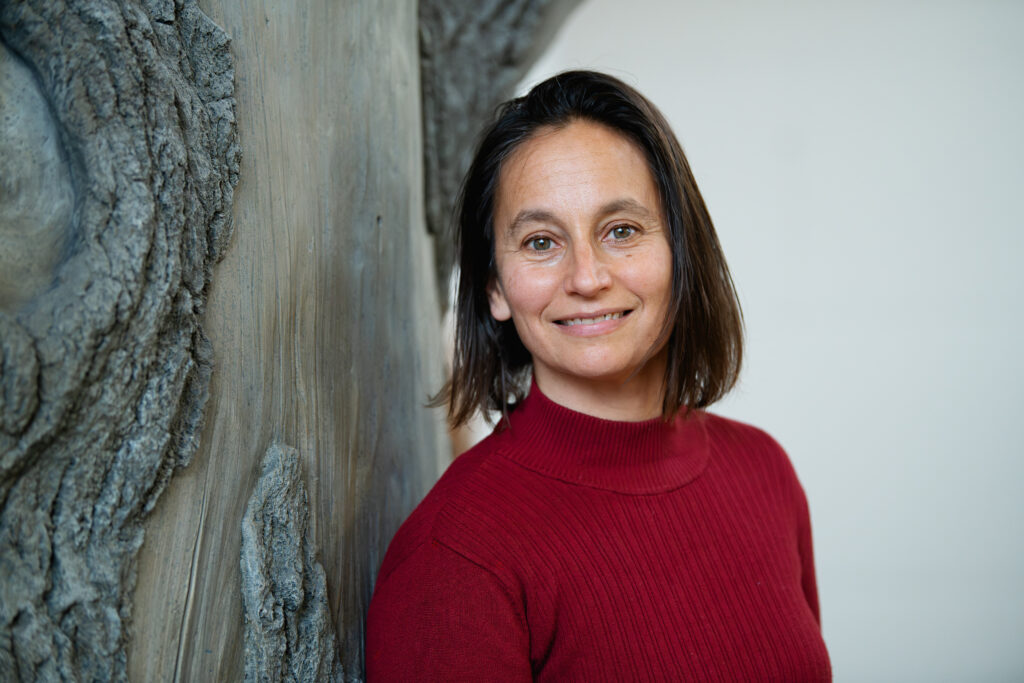











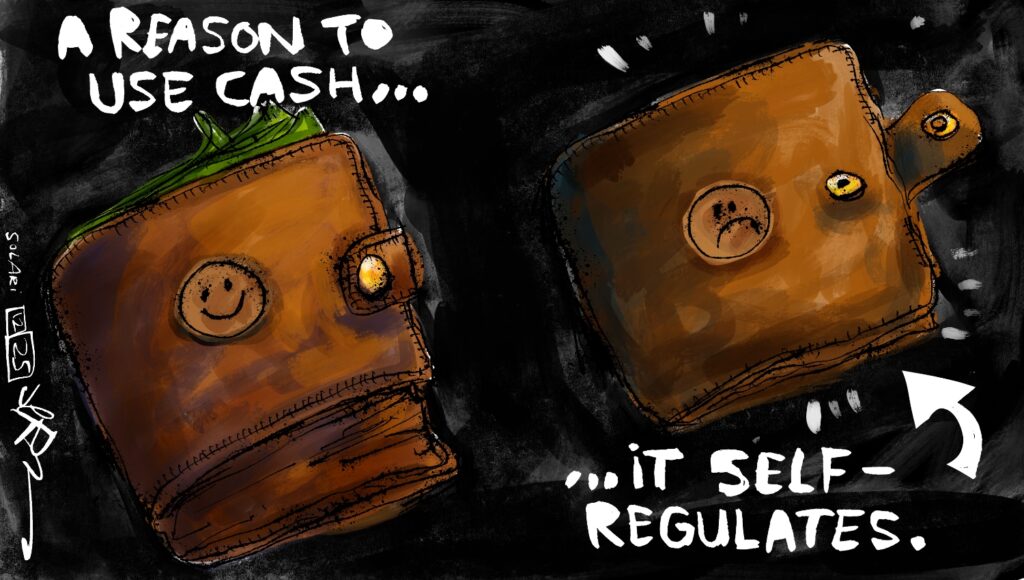









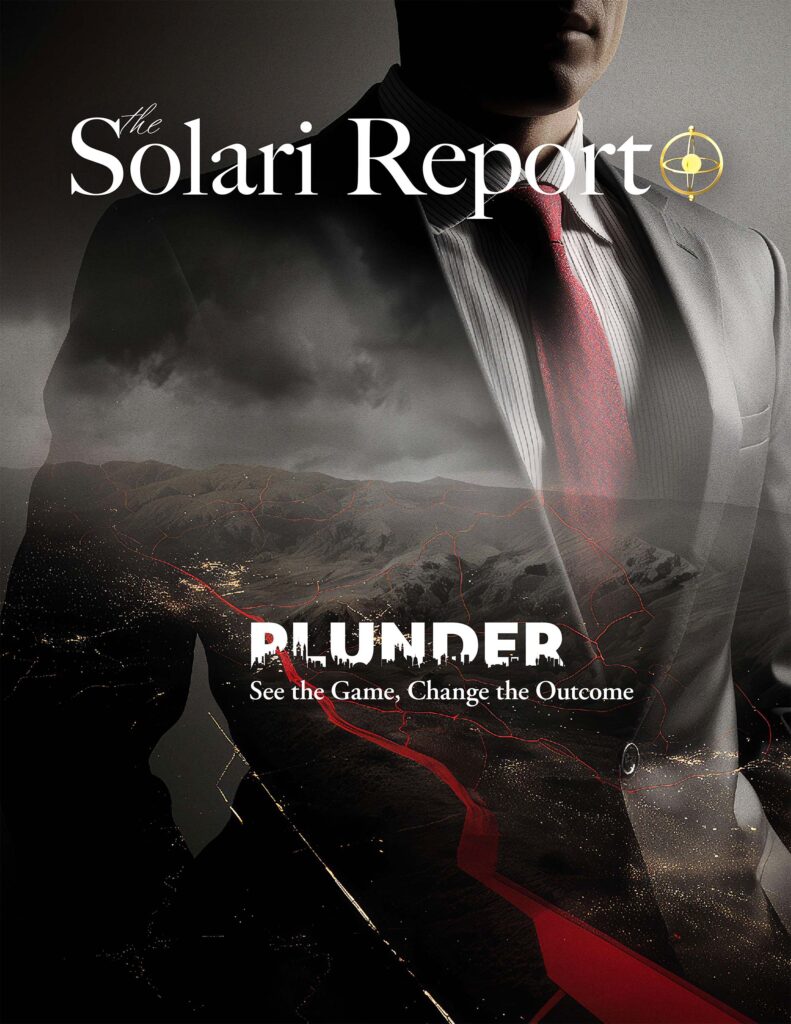

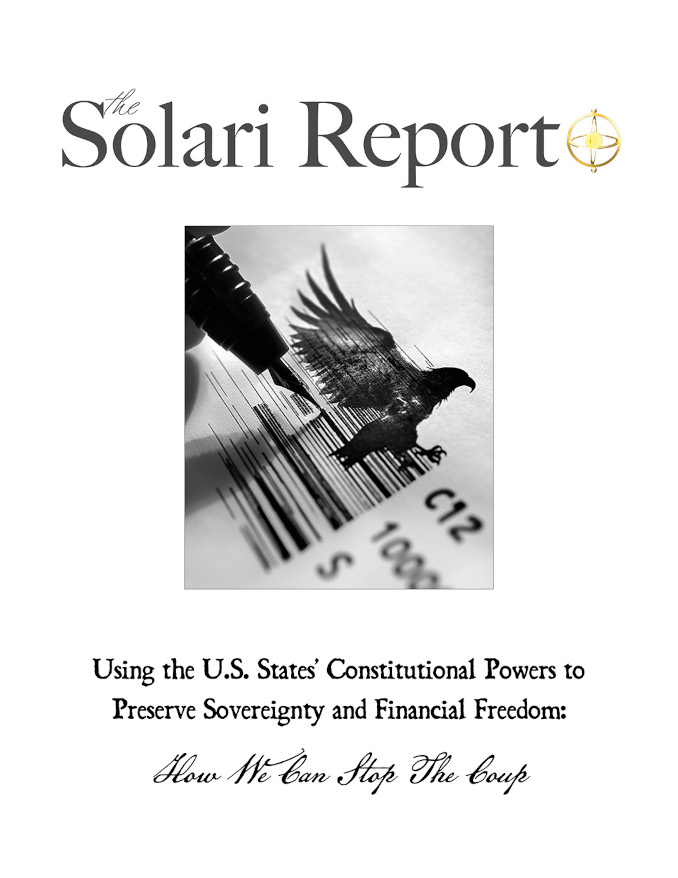






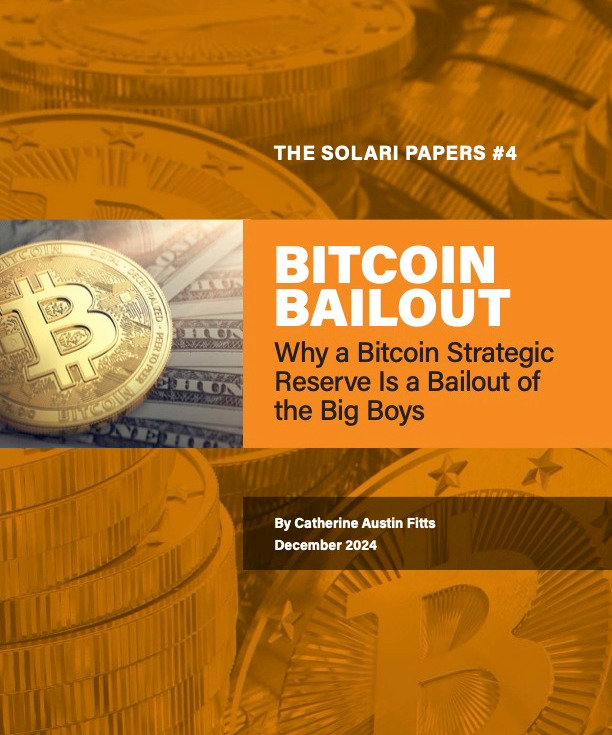
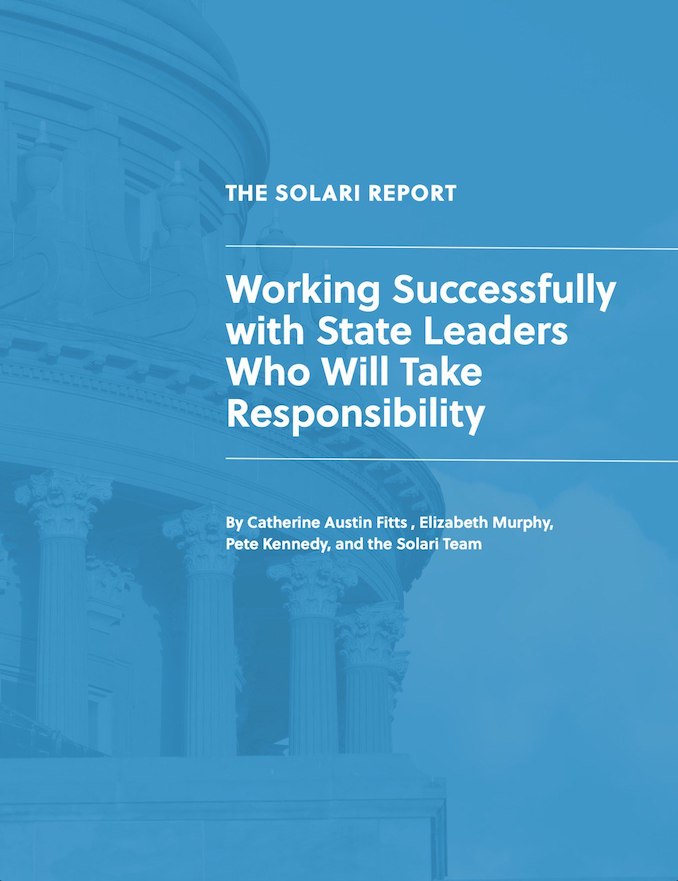

I am familiar with the concepts in two of the three pieces you mention (yours and Naomi Klein’s, both offering terrific insights into significant problems that must be addressed) and am looking forward to the third, however I still have not seen any evidence that the nature of the capital, rather than the intent of the capital, makes a difference in the outcome. Both types of capital expect a return, both may be laden with onerous requirements and both have no conscience of their own. One type expects a higher return than the other. The sources of the capital, be it debt or equity, and their goals, be they good or bad, is really where the issue lies.
It seems we do differ in that you seem to think that certain types of capital are nefarious by definition, and I think the people wielding the capital regardless of its form are really the heart of the issue.
Will you be publishing a copy of your lectures that you’ll be giving at the upcoming Permaculture Conference in October at The Farm? I would like a copy to report to my class. Thank you.
http://www.hardwickagriculture.org/industrialpark.html
Hi Catherine,
I don’t know if you are aware of these folks but it reminded me of you and our talk of going local.
http://www.hardwickagriculture.org/industrialpark.html
A plant based economy is what some of us at the GP are talking about, here is my latest note on the subject……
“I would adopt a policy of “Leave the oil in the soil”. Cynthia on oil independence.
“It also would offer incentives for alternative fuel vehicles.” Cynthia on alternative fuels.
The recent jump in gas prices due to hurricane Ike reminds us of the problem with a centralized energy system. The fuel shortages in the mid-70s were precipitated by a bulldozer in Libya accidentally backing into an oil pipeline affecting only 3% of the supply yet long lines at the gas pumps in the US ensued. That shows us how fragile the system is with regard to interruptions. Our fuel is produced in large quantities by only a few producers. But lets imagine for a moment what it would be like if there were thousands of small producers all over the country, at least one in each of the more than three thousand counties in this country. A storm would only disrupt the fuel production for that area, not the whole country.
The anti-alky propaganda has spit in the punch of a sensible solution and seems to have made Cynthia shy away from balancing her position on oil with a solid position on alcohol, the primary alternative fuel. It was the liquid fuel used before gasoline. People believe all kinds of myths about alcohol but the truth is it is clean fuel that produces no waste and done right, no pollution in its process. We stand on the side of truth. Any real plan for the immediate transition to sustainable renewable systems will have to include fuel for ICEs(internal combustion engines) because that is what people have. We will not be able to just junk that technology like an 8 track. We can insist everyone buy an electric car or take the train but that will take time and should be a priority for cities. Alcohol takes little infrastructure to move us into a clean more secure and decentralized system and I think done right could help build democracy. And it can be clean fuel for cooking, refrigeration, electricity generation and heating, as well if need be. In other words, we can begin to shut the fossil fuels cartel out of business. With such an alternative in hand we could make them stop topping mountains, stop drilling for oil offshore or in Alaska and stop making war to control access to oil.
A food/energy system based on alcohol would be a much more secure system as a decentralized system would be very difficult to shut down all at once. Of course, Barry Commoner did say “Its always possible to do a good thing stupidly” but even ADM has found that the benefits of alcohol production go far beyond the high octane fuel produced. The byproducts are worth more than the fuel, the proteins, vitamins, minerals and oils left over after the sugar and starches are removed has many uses. The CO2 from their fermentation process, instead of being bottled and sold to the soft drinks industry, is pumped into greenhouses that produce mature lettuce and English cucumbers in 30 days. Some the byproduct is traded for manure to make methane for process heat, returning it as fertilizer. Permaculture offers a myriad of sustainable choices for such a food/fuel production system. This has great potential for revitalizing rural communities who need to be able to produce their own food and fuel year around …if we are to leave the oil in the ground.
If we are to leave the oil in the ground
and have energy policy that is sound
one that the plain folk can understand
one they can see and soon have in hand
An alcohol still in every county in the land
and no more bloody wars on foreign sand
With local healthy food grown year around (cutting emissions way down)
we can bring a toxic polluting industry down
Hope all is well with you,
Howard Switzer, Architect
668 Hurricane Creek Road
Linden, TN 37096
931-589-6513
http://www.earthandstraw.com
Although financial dislocation often happens via the pull from a place like NYC or London, the Destruction of the popsicle index happens via local mechanisms, as well. I call it Commerce Distortion. It’s a part of human nature, something in our selves that is less than wholesome.
I used to live near a city center of a nice city in the southwest. This city had a land developer who had the town surrounded by holdings almost circling the existing city.
This developer often threw what I thought was insane amounts of money at the campaigns of a couple of Lawyers who in turn seemed to make the dumbest decisions as elected officials on the school board, that was in the city. I could not figure his angle. why was this guy openly throwing 100-200 K at a School board election?
Things seemed to go consistently, from bad to worse. You never heard good news about the city’s unified school district, in print, or on TV. The bad or negative news was too consistent, over decades. I don’t think the trend was something many people were tuned into. Who knows? Maybe the local paper editor got a 1/2 interest in a self storage unit for no money down…. Maybe it was all chalked up to “If it bleeds, it leads.”
All the outlying areas had smaller, separate school boards and don’tcha You know, they had superior schools.
Guess what? The outlying areas filled out faster than I could have imagined!
I submit we need to somehow get lots wiser than we are.
I have since learned of a superior education method that creates self taught students in half the time, children effortlessly transition from children to young adults, for about $200 for a K-12 education. It is self directed.
http://www.robinsoncurriculum.com/
When You figure out what it costs just in dollars to educate a child, You could have a home paid for for each child. Beside that, eliminating taxes for public schools would balance the economy and lessen the tendency for people to leave tax burdensome areas, which are often the oldest part of a community.
The other items impossible for me to score in terms of lost opportunity, is what cost are we paying for extending the term of childhood so much that a separate term, Adolescence had to be coined?
Those kids, milling around at the Mall, bored to tears, without direction, waiting to get out of a painfully boring dumbed down education environment: What does anyone expect will happen to them if they are left unattended? What cost are we paying for that? Someone a lot brighter than me has a clue.
http://johntaylorgatto.com/underground/index.htm (Free online book)
Bill Moyers featured UT Austin Economist Galbraith this week on his PBS Journal show. I have submitted a Journal feedback suggesting he interview Catherine Austin Fitts for the solution to the economy that is deeper and more transparent than his guest’s solution.
Regards,
Brad
Catherine –
The Blue Ridge Permaculture Network is in Charlottesville. Maybe you could bring the financial team to Virginia? I sent them a link for your event in TN. Here is the Blue Ridge link. http://www.blueridgepermaculture.net/permaculture.html
I’ve done an embedded PowerPoint Presentation on “Financial Tsunami vs. Financial Permaculture” which might contribute a holistic perspective on the causes / effects / possible solutions to the current crisis. Detail on blog http://www.sohominium.blogspot.com